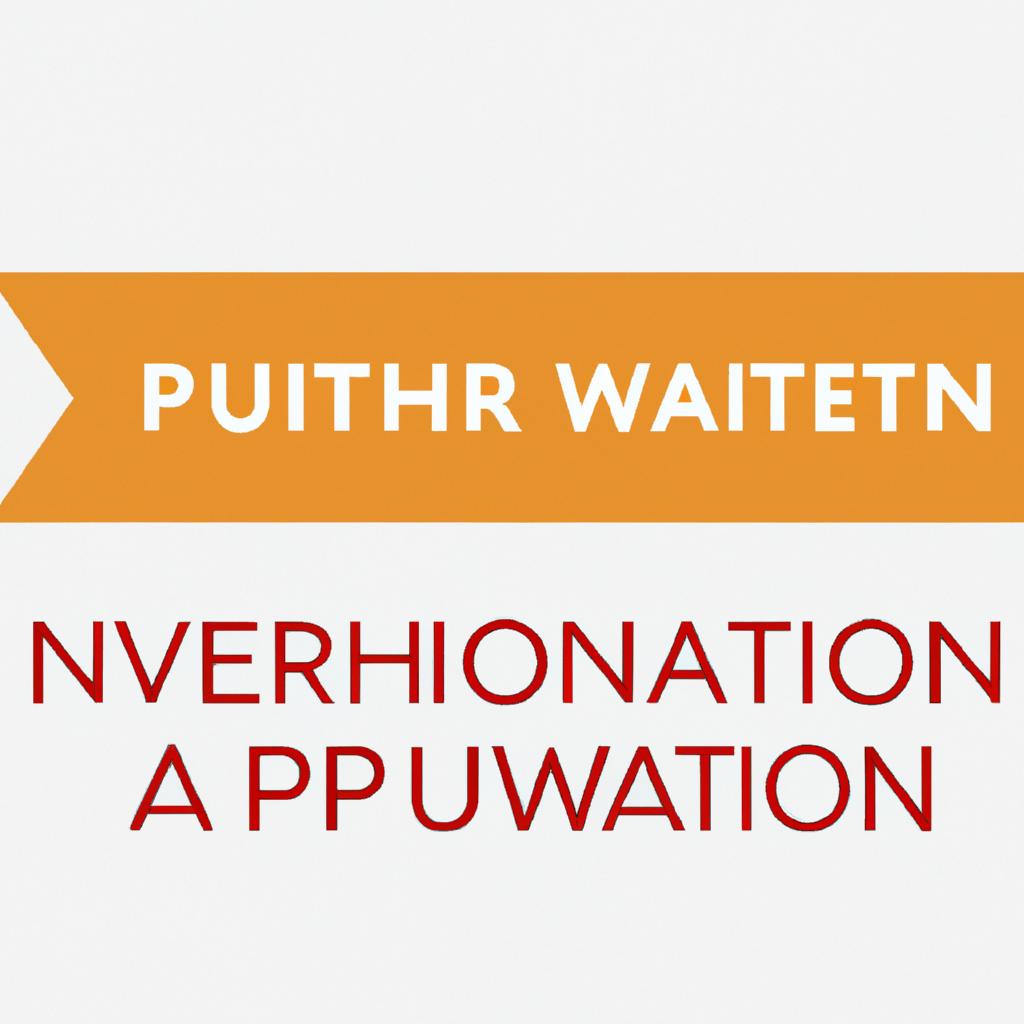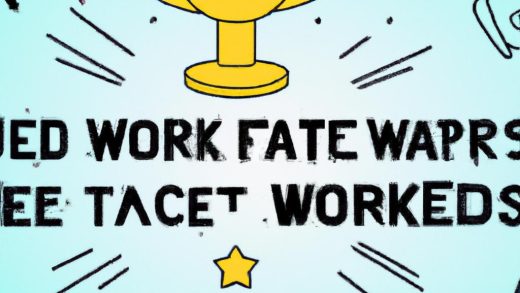In a world where the cost of education continues to rise, the path to academic achievement can often feel daunting. Yet, unlocking the doors to opportunity is not just a matter of financial means; it’s about leveraging the myriad resources available to aspiring students. “Unlock Your Future: A Guide to Securing Grants, Scholarships, and Tuition Waivers” serves as your roadmap through the intricate landscape of funding options. Whether you’re a high school senior dreaming of college, a non-traditional student seeking to advance your career, or a lifelong learner passionate about expanding your knowledge, this guide will illuminate the steps you can take to secure the financial support you need. From deciphering eligibility criteria to mastering the art of personal statements, we aim to empower you with the tools and knowledge necessary to transform your educational aspirations into reality. Join us as we explore how to navigate the world of grants, scholarships, and tuition waivers, unlocking a brighter future for your academic journey.
Exploring Grant Opportunities for Diverse Educational Paths
For those seeking to enrich their educational experiences through less traditional pathways, a myriad of grant opportunities awaits. Many institutions and organizations recognize the importance of diverse educational approaches—be it vocational training, art and design courses, or unconventional degree programs. These grants not only make education accessible but also encourage individuals to thrive in fields that may not receive mainstream funding. Prospective students should actively search for opportunities that are specifically tailored to their chosen path, as personalized funding can significantly ease financial burdens.
As you embark on this search, consider the following **types of grants** that could align with your unique educational journey:
- Community Foundations: Many local foundations offer grants for education in specific areas or for underrepresented groups.
- Cultural Grants: Organizations that support diversity in the arts often provide funding for students pursuing artistic endeavors.
- Vocational Training Grants: These grants focus on skill development in high-demand fields, ideal for those looking to enter the workforce quickly.
- STEM Scholarships: For those venturing into science, technology, engineering, or mathematics, numerous grants encourage underrepresented students.
To help you navigate the opportunities available, the following table summarizes key grant programs that you may find beneficial:
| Grant Name | Eligibility Criteria | Funding Amount |
|---|---|---|
| Local Arts Grant | Students in visual or performing arts | $1,000 – $5,000 |
| Tech Pathways Grant | Underrepresented groups in tech | $2,000 |
| Green Skills Fund | Vocational training in environmental fields | $1,500 |
These opportunities not only support educational advancement but also contribute to the broader goal of inclusivity in various professional landscapes. By exploring these diverse funding avenues, you can gain the financial support necessary to pursue your passions and make a positive impact in your chosen field.

Strategic Approaches to Winning Scholarships and Financial Aid
To maximize your chances of securing financial aid, it’s essential to adopt a multifaceted strategy. Begin by thoroughly researching the various scholarships available both locally and nationally. Utilize online databases, community resources, and school counseling offices to compile a comprehensive list. Prioritize opportunities that not only align with your academic achievements but also resonate with your personal interests and community involvement. Remember to **tailor** your application materials—essays and resumes—highlighting your unique attributes that meet the specific requirements of each scholarship.
Additionally, consider leveraging networking to access hidden scholarship opportunities. Engaging with mentors, joining academic clubs, and participating in community service can open doors to options that may not be widely advertised. Moreover, keep the following tactics in mind:
- Stay organized: Create a calendar to track deadlines and requirements.
- Practice writing: Invest time in crafting compelling essays.
- Secure strong references: Choose recommenders who know you well and can articulate your strengths.
- Follow up: Maintain communication with scholarship bodies after submissions to reiterate your interest.
embrace the importance of financial literacy. Understanding your financial needs, as well as the terms and conditions of the aid you’re applying for, empowers you to make informed decisions. Consider this simple table to help categorize your potential financial aid sources:
| Type of Aid | Examples | Key Features |
|---|---|---|
| Scholarships | Merit-based, Need-based | No repayment required |
| Grants | Pell Grant, State Grants | Based on financial need |
| Tuition Waivers | Institutional Waivers, Employee Waivers | Specific to tuition costs |

Navigating Tuition Waivers: Your Path to Affordable Education
For many students, navigating the world of tuition waivers can seem daunting, but understanding the basics can clear the path toward financial freedom. Most institutions offer tuition waivers based on various criteria, including academic achievement, financial need, and specific circumstances such as military service or residency. Here are some **key categories** to explore:
- Merit-Based Waivers: Awarded for outstanding academic performance or talent in areas like athletics and the arts.
- Need-Based Waivers: Targeted at students who demonstrate financial hardship, making education more accessible.
- Program-Specific Waivers: Offered for students enrolling in high-demand fields such as nursing, teaching, or STEM.
To maximize your chances, it’s essential to be proactive. Start by researching your desired institution’s financial aid page, and make a list of applicable waivers along with their requirements. Consider organizing your findings in a table format for clarity:
| Waiver Type | Eligibility Criteria | Application Process |
|---|---|---|
| Merit-Based Waiver | GPA above 3.0, recommendation letters | Submit application with required documents |
| Need-Based Waiver | FAFSA submission, income verification | Apply through financial aid office |
| Program-Specific Waiver | Enrollment in eligible program, departmental approval | Consult with department advisor |
Closing Remarks
As we draw the curtain on this exploration of grants, scholarships, and tuition waivers, remember that the journey to unlock your future is uniquely your own. Each application, each essay, and each interview is a stepping stone towards fulfilling your dreams and aspirations. The world of financial aid might seem daunting, but with persistence, resourcefulness, and the right strategies, you can turn possibilities into realities.
Consider this guide not just as a set of instructions, but as an empowering toolkit. Whether you’re a high school student on the verge of taking your first leap into higher education or a seasoned learner seeking to advance your studies, the opportunities to secure financial support are vast and varied.
As you embark on this journey, take heart in the knowledge that countless individuals before you have succeeded in finding the funding they needed with creativity and tenacity. So set your sights high, embrace the process, and remember: every application you submit is a step closer to your dreams. Your future is waiting to be unlocked—go forth and seize it!



















